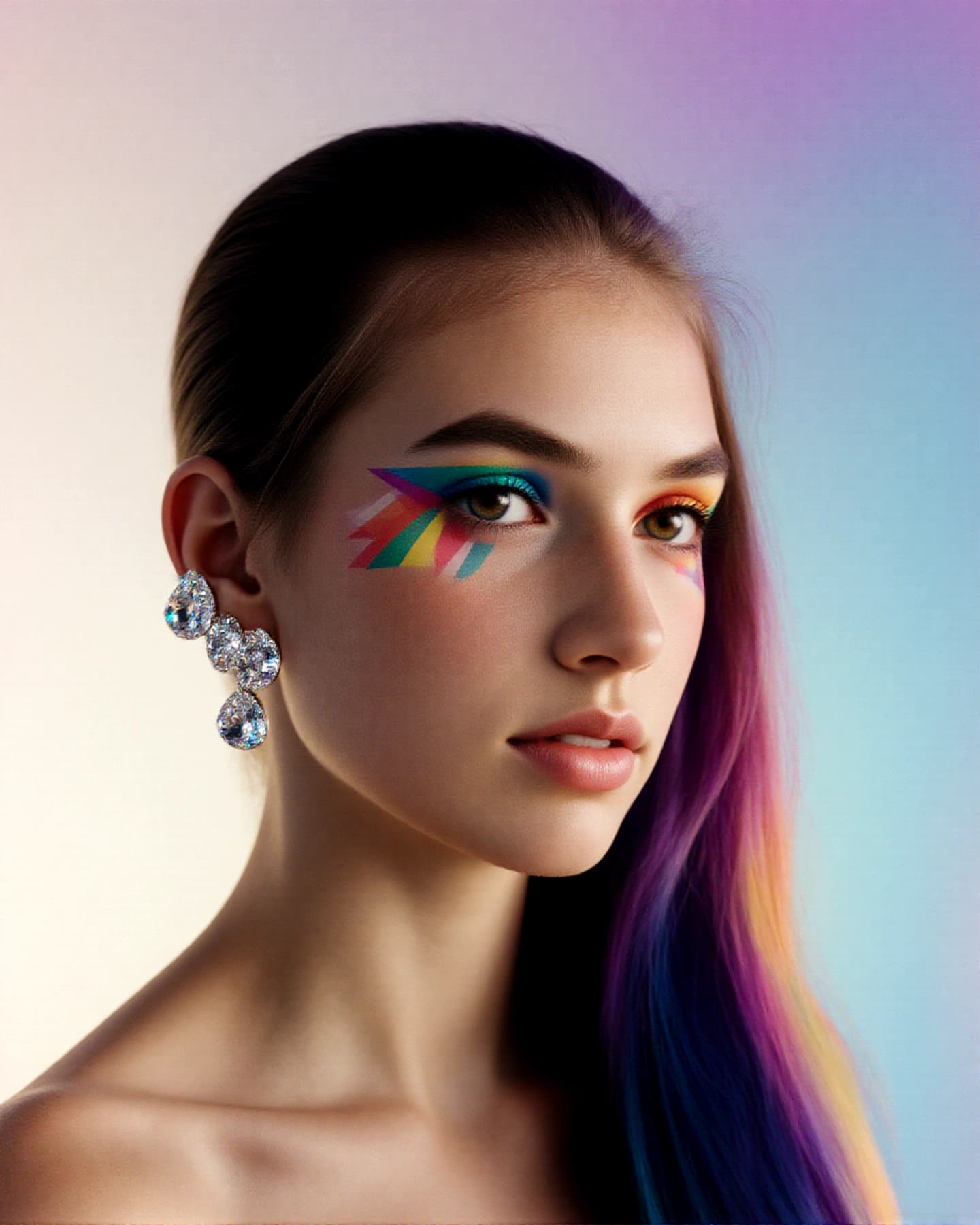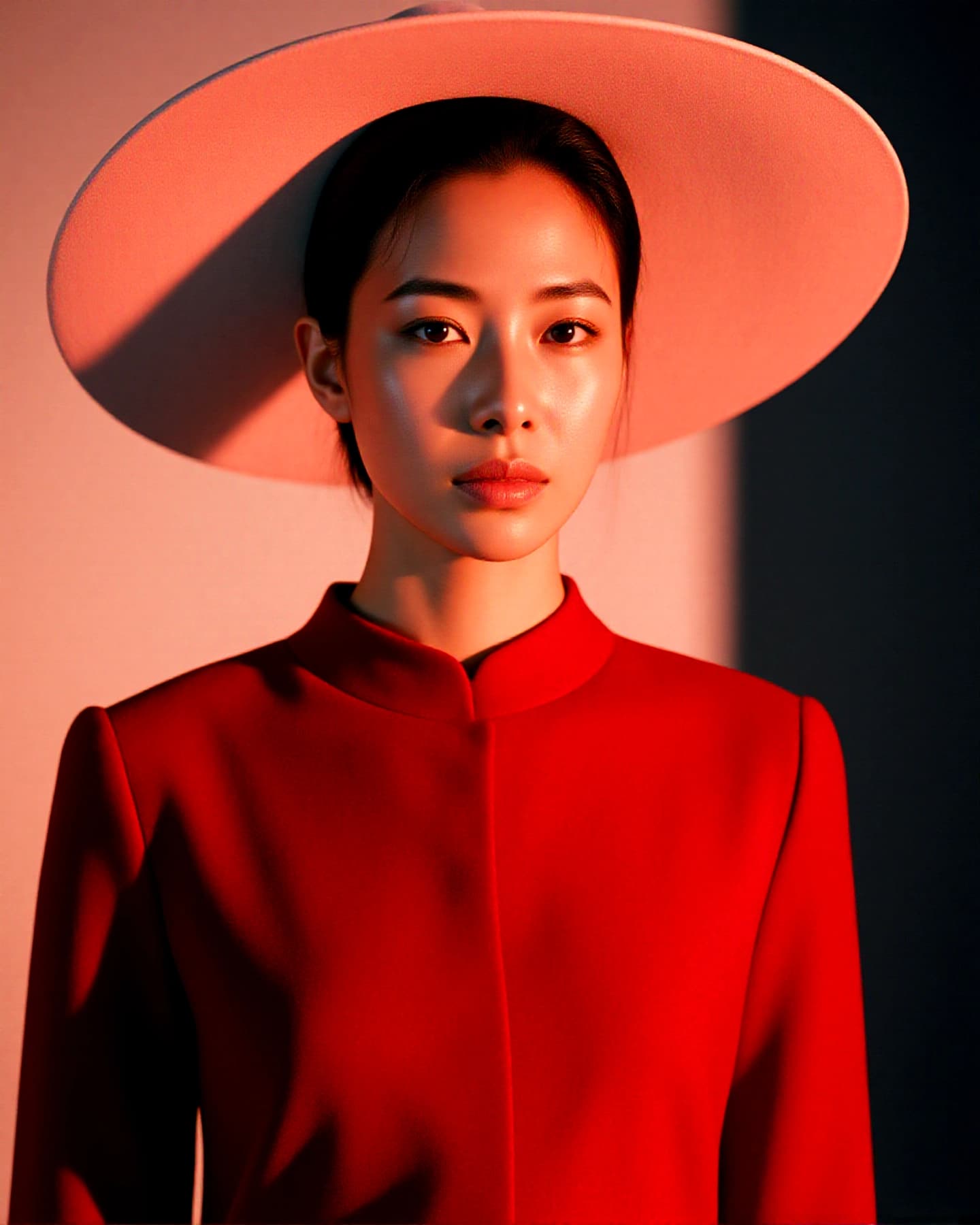AI vs Traditional Photography: The Great Debate
The rise of AI image generation has sparked intense debate in the photography community. Is AI the future, or does traditional photography still hold value? Let's explore both sides of this fascinating discussion.
The Case for AI Photography
Accessibility and Democratization
AI photography makes professional-quality images accessible to everyone, regardless of budget or location. Small businesses, startups, and individuals can now create stunning visuals without the high costs of traditional photography.
Speed and Efficiency
AI can generate multiple variations in minutes, while traditional photography requires:
- Scheduling sessions
- Travel time
- Setup and lighting
- Post-processing
- Client revisions
Creative Possibilities
AI enables creative concepts that would be impossible or extremely expensive with traditional photography:
- Fantasy scenarios
- Historical recreations
- Futuristic concepts
- Impossible lighting conditions
Consistency
AI ensures consistent quality and style across all generated images, which is crucial for brand consistency.
The Case for Traditional Photography
Authenticity and Emotion
Traditional photography captures genuine moments and emotions that AI cannot replicate. The human connection between photographer and subject creates authentic, meaningful images.
Unique Perspectives
Every photographer brings their unique artistic vision, experience, and personal style to their work. This human element creates truly original art.
Technical Mastery
Traditional photography requires years of learning:
- Camera operation
- Lighting techniques
- Composition principles
- Post-processing skills
Physical Presence
Some subjects and situations require physical presence:
- Live events
- Candid moments
- Environmental portraits
- Documentary photography
When to Choose AI
Perfect for:
- Conceptual work: Ideas that don't exist in reality
- Rapid prototyping: Quick visual concepts for presentations
- Cost-sensitive projects: Budget constraints make traditional photography impractical
- Consistent branding: Need for uniform style across multiple images
- Impossible scenarios: Situations that can't be photographed traditionally
Examples:
- Marketing campaigns with fantasy elements
- Product mockups before production
- Social media content creation
- Educational materials with historical scenes
When to Choose Traditional Photography
Perfect for:
- Authentic moments: Real emotions and genuine interactions
- Event documentation: Weddings, conferences, live performances
- Environmental portraits: People in their natural settings
- Documentary work: Real-world situations and stories
- Artistic expression: Personal vision and creative interpretation
Examples:
- Wedding photography
- Corporate events
- News and journalism
- Fine art photography
- Family portraits
The Hybrid Approach
Many professionals are finding success by combining both approaches:
AI for Pre-Production
- Concept development
- Mood boards
- Client presentations
- Style exploration
Traditional for Final Production
- Authentic moments
- Client interaction
- Unique artistic vision
- Physical presence requirements
Industry Impact
Positive Changes
- Democratized access: More people can create professional visuals
- New creative possibilities: Expanded artistic horizons
- Efficiency gains: Faster turnaround times
- Cost reduction: More affordable visual content
Challenges
- Market disruption: Traditional photographers face new competition
- Skill devaluation: Concerns about the value of traditional skills
- Authenticity questions: Distinguishing between AI and traditional work
- Copyright issues: Ownership of AI-generated content
The Future Landscape
AI Will Likely Dominate:
- Stock photography
- Marketing materials
- Social media content
- Concept development
- Rapid prototyping
Traditional Photography Will Remain Essential:
- Event documentation
- Authentic storytelling
- Fine art
- Personal portraits
- Documentary work
Conclusion
The debate between AI and traditional photography isn't about one replacing the other—it's about understanding when each approach is most appropriate. AI excels at creating consistent, cost-effective visuals for specific use cases, while traditional photography remains unmatched for capturing authentic moments and human emotion.
The future belongs to photographers who can leverage both technologies, using AI to enhance their creative process while maintaining the human touch that makes photography an art form.
At Avaitar, we believe in the power of AI to augment human creativity, not replace it. Our tools are designed to work alongside traditional photography, giving creators more options and possibilities than ever before.








